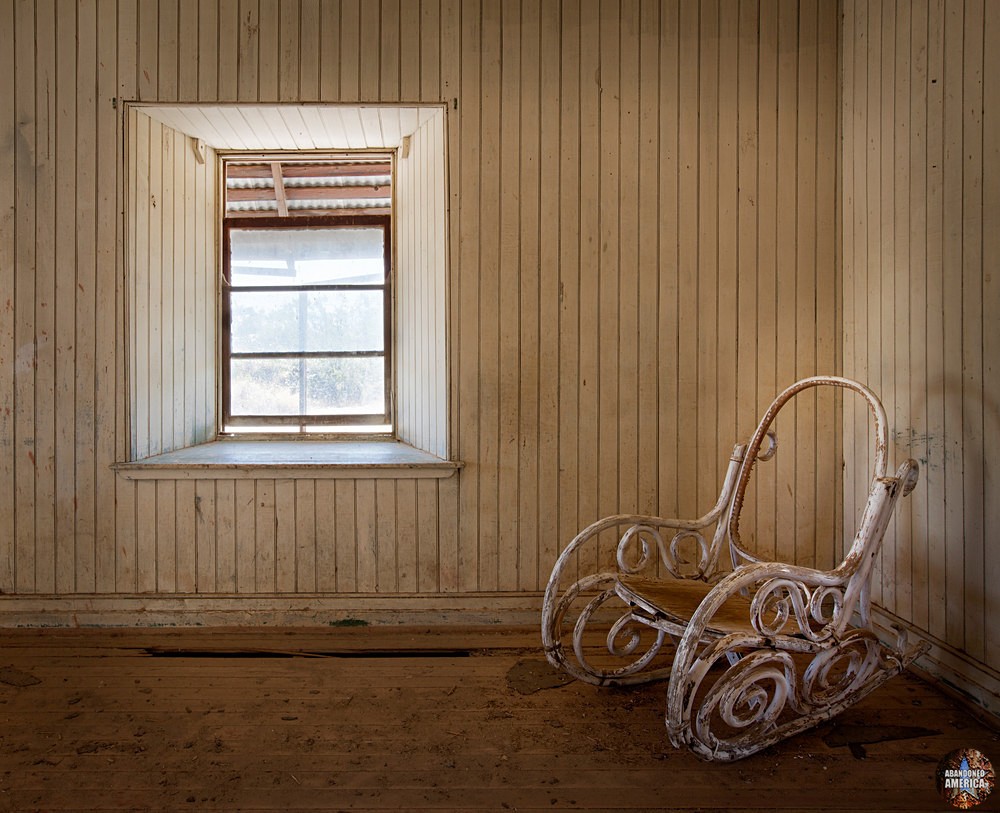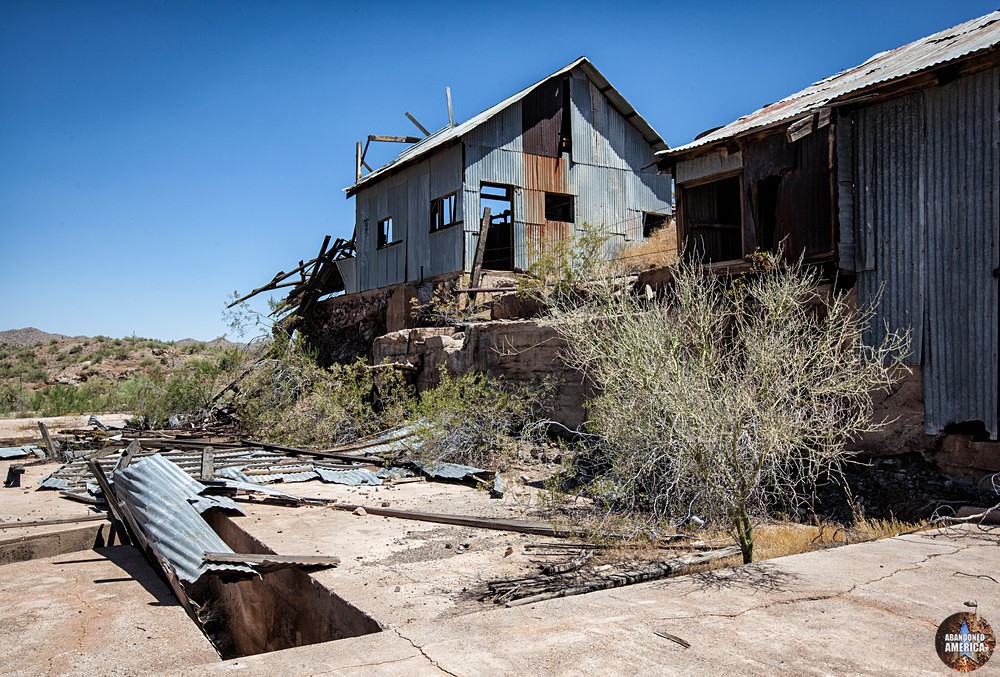Vulture City

An old rocking chair rests in one of Vulture City, Arizona's abandoned homes.
Updated June 23, 2019 | By Matthew Christopher
The history of Vulture City, the most significant ghost town in Arizona, reads like a dime store western novel, full of Apache raids and stagecoach robberies. Attempting to find any concrete truth buried in a never-ending stream of conflicting and inaccurate accounts feels a little like panning for flecks of gold in a nearly barren claim. The surviving structures there were not built to last as long as they have, and, much like the city’s past, they are disappearing beneath desert’s shifting sands. The Vulture Mine, which necessitated the surrounding town, is the most profitable mine in the state’s history, having produced an estimated 340,000 ounces of gold and 240,000 ounces of silver. During its operations from 1863 to 1942 it has been said the mine generated anywhere from $30 million to $200 million (like many things related to it, there are nearly as many differing accounts as there are sources) and is directly responsible for the foundation of the nearby cities of Wickenburg and Phoenix – yet prosperity itself created violence, and Henry Wickenburg, the man who discovered the mine, ultimately wound up destitute and ended his own life.
There are multiple stories about how Wickenburg found gold. In the most common variation, he threw a rock at a burro that was either refusing to move or trying to escape. The rock missed and split, and Wickenburg noticed gold inside of it. In another, a vulture he shot fell onto an outcropping with gold. The third is that he simply noticed the white quartz in an outcropping large enough to see miles away, and, knowing that gold is often found with white quartz, decided to investigate. In some stories, Wickenburg was close to starving at the time of the discovery and vultures were circling him overhead, and he named the mine after them. Whatever the case might be, he staked a claim on the land and began working the mine alone, most likely unaware that his breakthrough would change thousands of lives.

The remains of Vulture City's stamping mill, now abandoned and collapsing back into the desert.
Vulture City sprung up around the mine and stamping mills were brought in to refine the ore. Henry Wickenburg contributed funds to the Swilling Irrigating Canal Company to help supply food and water for those arriving at Vulture City and Wickenburg; the farm community it produced was based on an ancient system of canals, and christened Phoenix in reference to the new town rising from the old civilization’s ashes.
Vulture City’s population peaked at 5,000. In 1880, it had a number of offices and buildings related to the mine, general stores, saloons and brothels, a butcher selling 10,000 pounds of meat a month, fruit stands, a cook house and mess hall, a blacksmith shop, boarding houses, even a school. The town was also home to an old ironwood tree that 18 men were hung on throughout its history. Henry Wickenburg held numerous jobs in the area including Vulture City’s Postmaster, a school inspector, a judge, and the Justice of the Peace. In 1890 a recently constructed dam on the Hassayampa River burst after heavy rains, sending a 100-foot wall of water crashing downstream towards Wickenburg. The messenger who was sent to warn the town got drunk along the way and forgot. Between 70 and 150 people were killed, and Henry Wickenburg’s farm was destroyed. Along with several other residents he pressed a lawsuit against the water company and the dam’s builders, neither of which resulted in any compensation for the loss. Over his remaining years, Wickenburg donated what was left of his property to the town named after him. Broke and melancholy, in 1905 he went out to a grove behind his house and shot himself in the head with his 32-caliber Colt revolver. The present town of Wickenburg surrounds his grave.
The Vulture Mine was closed for good in 1942 with all other gold mines, as the federal government directed all resources towards the war effort. The decision was appealed and it reopened briefly, but closed again not long after. Vulture City was abandoned. The town of Wickenburg stayed afloat in part through dude ranches where tourists could come to experience the Old West, and through events like the Wickenburg Gold Rush in 1955, where $4,000 of low grade gold ore was dumped in the river and 10,000 visitors converged in the town to pan for it. The mine was sold several times; the last record of a sale I can find is in 1970 to the owners of a menswear store in Scottsdale. John and Marge Osborne became the property’s caretakers, living in a mine supervisor’s house. For a minimal fee visitors could wander the remnants of Vulture City unsupervised. It’s a vastly different experience than some highly regulated ruins that have been turned to tourist attractions, compromising authenticity for safety; many of the buildings are collapsing, but only your common sense prevents you from going up to these areas for a closer look.
Vulture City is a chapter in my book, Abandoned America: Dismantling the Dream.
Buy a signed copy via this link or get it on Amazon using the link below to read more!